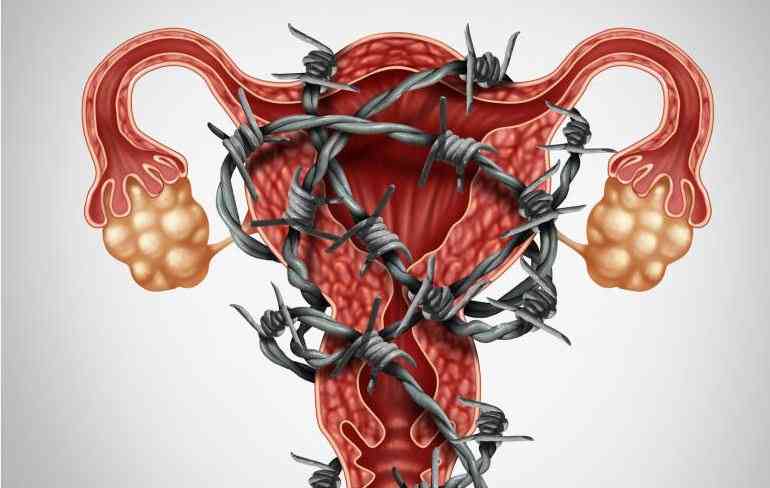
Stroke is no longer an issue just for the elderly. Across the globe, more young people are experiencing cases of stroke, which can lead to lifelong disability or even death.
Once considered a condition for those over 65, stroke cases are now rising significantly in people under 55, with high blood pressure being the biggest risk factor.
A stroke occurs when blood flow to the brain is interrupted - either by a clot (ischemic stroke) or by a blood vessel rupture (haemorrhagic stroke).
Symptoms include sudden weakness or numbness on one side of the body, slurred speech, vision issues and severe headaches. Quick treatment is critical, and doctors may use medication to dissolve clots, or, in cases of bleeding, perform surgery to repair damaged blood vessels.
According to the World Health Organization (WHO), stroke remains one of the world’s leading health concerns, affecting about 15 million people each year. It has also resulted in around 5.5 million deaths annually.
Stroke is the second leading cause of death globally, and almost 70 per cent of these deaths occur in low and middle-income countries.
In Kenya, stroke rates are increasing due to limited healthcare access, lifestyle changes, and higher rates of high blood pressure and diabetes.
The Ministry of Health estimates that incidents of stroke account for 5–10 per cent of hospital admissions, making it one of the top causes of death and disability for adults over 40.
- Returning to work after maternity leave
- Teach your children good values at an early age
- Keeping your children busy over the holidays
- Safely include your children in the kitchen with these tips
Keep Reading
Furthermore, the African Stroke Organization (ASO) reports that 10 per cent of Kenyans over 50 are at high risk for stroke.
However, even more concerning is the research that indicates a worrying shift.
Younger people at higher rates than ever before.
A recent study published in Lancet Neurology found that while stroke rates are holding steady in adults over 70, they are increasing in people under 55 by 20.4 per cent between 2000 and 2019.
The Centres for Disease Control and Prevention (CDC) reported that stroke deaths among Americans aged 45 to 64 rose by 7 per cent from 2013 to 2019, and surged by another 12 per cent by 2021. In particular, the CDC found that the stroke rate among adults aged 35 to 44 escalated by 30 per cent during the same period.
Dr Omoye Imoisili, an internal medicine specialist and lead author of the CDC study, emphasises that the rise in stroke cases among younger adults leads to extended rehabilitation and significant lifestyle changes.
High blood pressure, smoking, diabetes, high cholesterol and physical inactivity are common risk factors for stroke. The Lancet study identifies high blood pressure as the single largest risk factor, contributing to over 50 per cent of all cases of stroke globally. Fortunately, it is also one of the most manageable risk factors. A study in Jama Network Open found that over half of Americans with high blood pressure are unaware of their condition, including 93 per cent of those aged 18 to 44.
High blood pressure is often called a ‘silent killer,’ as many people have no symptoms until it’s too late.
Dr Valery Feigin, a stroke researcher at the University of Auckland, New Zealand, and co-author of the Lancet study, explains that even mild elevations in blood pressure increase stroke risk.
“Every small reduction in blood pressure at the population level could reduce stroke incidence by about 10 per cent,” he adds.
In Kenya, lifestyle factors are playing an increasingly significant role in stroke prevalence. Limited healthcare resources, combined with a rise in obesity and diabetes, mean more Kenyans are at risk. Many may not realise that lifestyle changes, such as increasing physical activity and improving diet, can reduce their risk of stroke. Additionally, high blood pressure is frequently undiagnosed due to a lack of routine health check-ups.
While more people are surviving strokes thanks to improved medical treatments, the burden on younger stroke survivors is growing. They often face years of therapy and lifestyle adjustments. However, strokes are largely preventable through lifestyle changes. Reducing blood pressure alone could make a substantial difference in Kenya’s stroke rates.
Kenya’s rising rates of stroke in younger adults highlight the urgent need for better prevention and awareness efforts. Monitoring blood pressure, staying active and making dietary changes are key steps that everyone can take to reduce the risk.
 The Standard Group Plc is a multi-media organization with investments in media platforms spanning newspaper print
operations, television, radio broadcasting, digital and online services. The Standard Group is recognized as a
leading multi-media house in Kenya with a key influence in matters of national and international interest.
The Standard Group Plc is a multi-media organization with investments in media platforms spanning newspaper print
operations, television, radio broadcasting, digital and online services. The Standard Group is recognized as a
leading multi-media house in Kenya with a key influence in matters of national and international interest.










